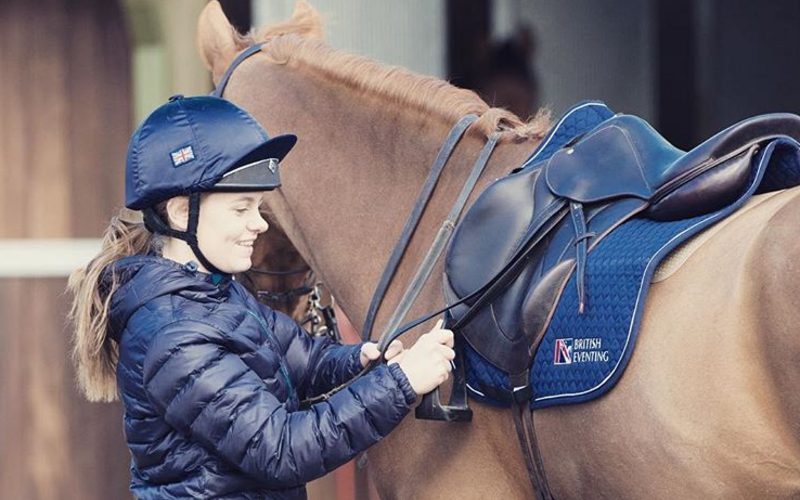
Effective parasite control
Keep your horse happy, healthy and parasite-free with our hints and tips on worming and preventing wormer resistance.
- Good worm control starts with using worm counts and tests, only adding wormer doses as they are needed. Products like Virbac 3D Worming, help you plan a more targeted, strategic worming programme for your horse so that drugs will remain effective in future.
- Horse worms are evolving to become resistant to some worming drugs, especially those that have been around for a long time. This means we can no longer rely on keeping horses worm free purely by giving them wormers.
- Redworm, roundworm and tapeworm are the biggest pathological threats to horses and the parasites for which you should test regularly. You may also need to consider bots, lungworm, liverfluke, pinworm and neck threadworm.
- Performing a worm egg count on your horse involves submitting a small sample of faeces to a reputable lab to examine the dung for the presence of worm eggs. The test will return a statistical result of eggs per gram (epg) and the type of eggs, which will indicate whether the horse needs worming or not.
- For healthy adult horses, a worm count should be performed every 10-12 weeks through spring, summer and autumn, allowing you to monitor your horse’s worm burden and worming only if needed.
- All horses should be wormed for the possibility of encysted redworm in winter.
- It is thought that about 20-30 per cent of horses in the UK are infected with tapeworm. A simple and reliable non-invasive test is now available that measures antibody levels in the horse’s saliva to measure infection levels. Both praziquantel or double dose of pyrantel are effective treatments if required.
TOP 10 WAYS TO SLOW WORMER RESISTANCE
1. Target the drugs – seek expert advice if you are unsure what to use and when.
2. Don’t under dose – use a weight tape and add 10 per cent to the estimate to cover potential inaccuracies.
3. Don’t worm and move – after worming, ensure horses stay on the same pasture for a few days.
4. Keep horses with the same grazing companions – rest and rotate grazing as much as possible and don’t overcrowd fields.
5. Pooh pick twice a week – worm larvae passed in droppings hatch and become mobile within seven days tore-infect the pasture.
6. Keep muck heaps well away from grazing land – worms can travel up to three metres in wet conditions.
7. Cross-graze pasture with other species – except for some tapeworms, lungworm and liver fluke, worms are usually species specific and will not survive when ingested by the ‘wrong’ host.
8. Keep new horses separate – test and treat them before introducing them to the herd.
9. Be careful of where you allow your horse to hand graze – competition and training venues can be a hotbed for worms.
10. Practice good stable management – keep stables, buckets and troughs as clean as possible to prevent worm eggs that have been shed being re-ingested by the horse.
- Direction - Getting the right advice to establish the best approach to parasite control for your horse or pony
- Dosage - How to make sure you are giving your horse the correct amount of wormer
- Delivery - How important it is that you make sure your horse receives the entire wormer dose
The Moredun Research Institute has successfully obtained new research funding from the Horse Trust to complete the development of a blood based test for the detection of cyathostomins (small redworms) in horses. The funding will also be used to investigate a saliva based adaptation of the test, in development at Austin Davis Biologics Ltd (service provider of EquiSal Tapeworm testing).
Moxidectin is the only dewormer that has high anti-larval efficacy, but for which resistance is not yet widespread. To protect the effectiveness of this dewormer, targeted treatment programmes are required. Direct methods for the detection of all stages of small redworm do not exist. The availability of a diagnostic test to detect the intra-host stages of small redworm will be of great value to equine veterinarians enabling them to make a differential diagnosis as well as informed treatment decisions.
